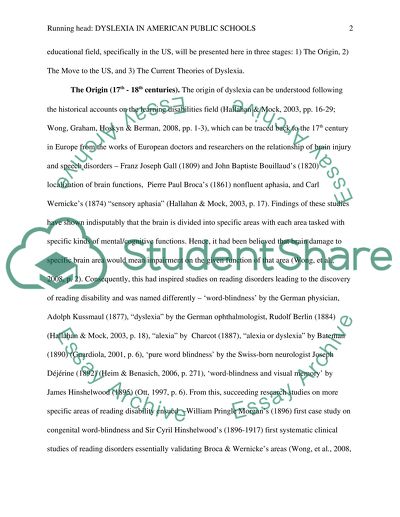Cite this document
(“Dyslexia in American Public Schools Research Paper”, n.d.)
Dyslexia in American Public Schools Research Paper. Retrieved from https://studentshare.org/education/1431444-dyslexia-its-related-elements-background-how-it-is
Dyslexia in American Public Schools Research Paper. Retrieved from https://studentshare.org/education/1431444-dyslexia-its-related-elements-background-how-it-is
(Dyslexia in American Public Schools Research Paper)
Dyslexia in American Public Schools Research Paper. https://studentshare.org/education/1431444-dyslexia-its-related-elements-background-how-it-is.
Dyslexia in American Public Schools Research Paper. https://studentshare.org/education/1431444-dyslexia-its-related-elements-background-how-it-is.
“Dyslexia in American Public Schools Research Paper”, n.d. https://studentshare.org/education/1431444-dyslexia-its-related-elements-background-how-it-is.


